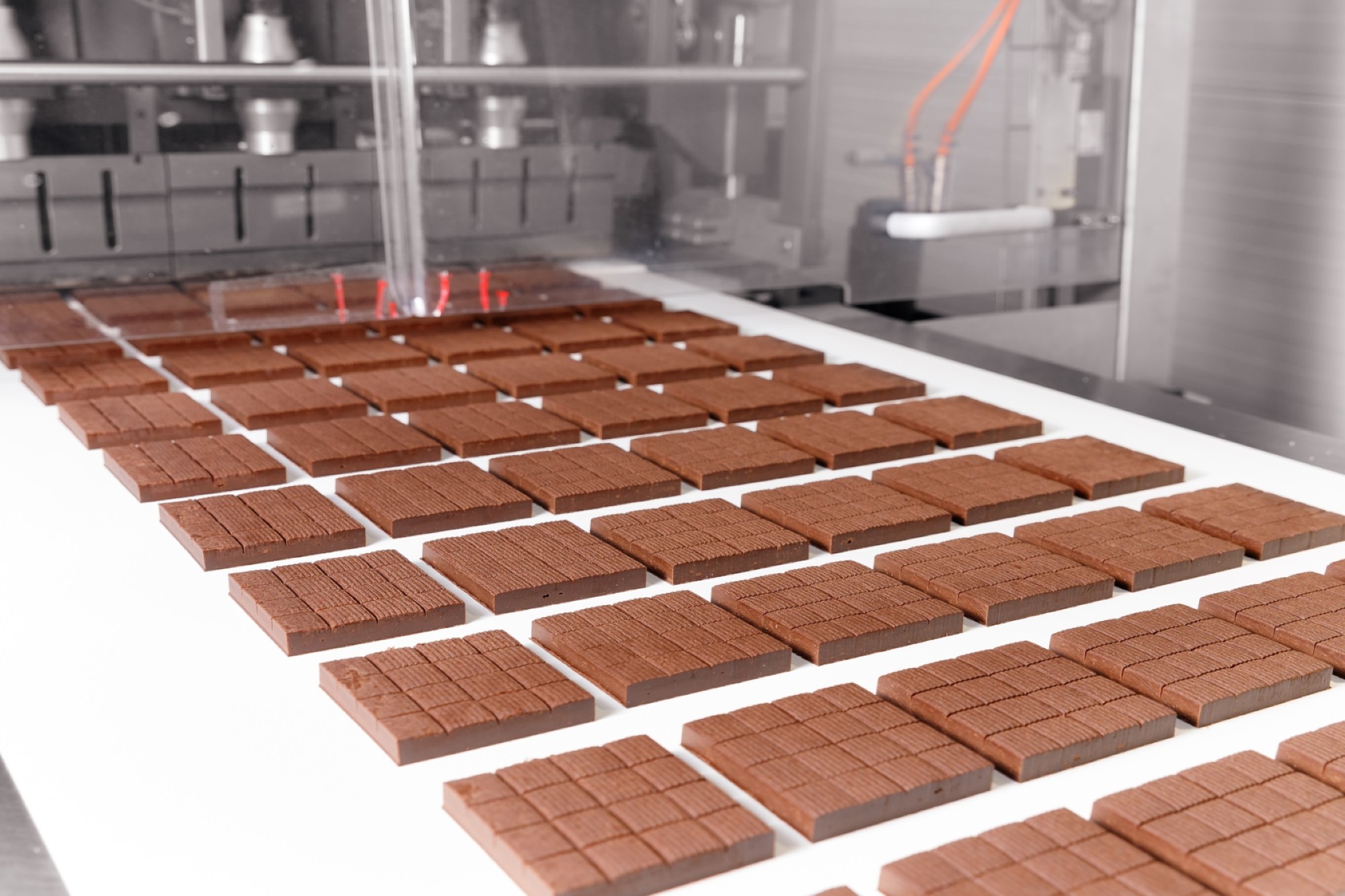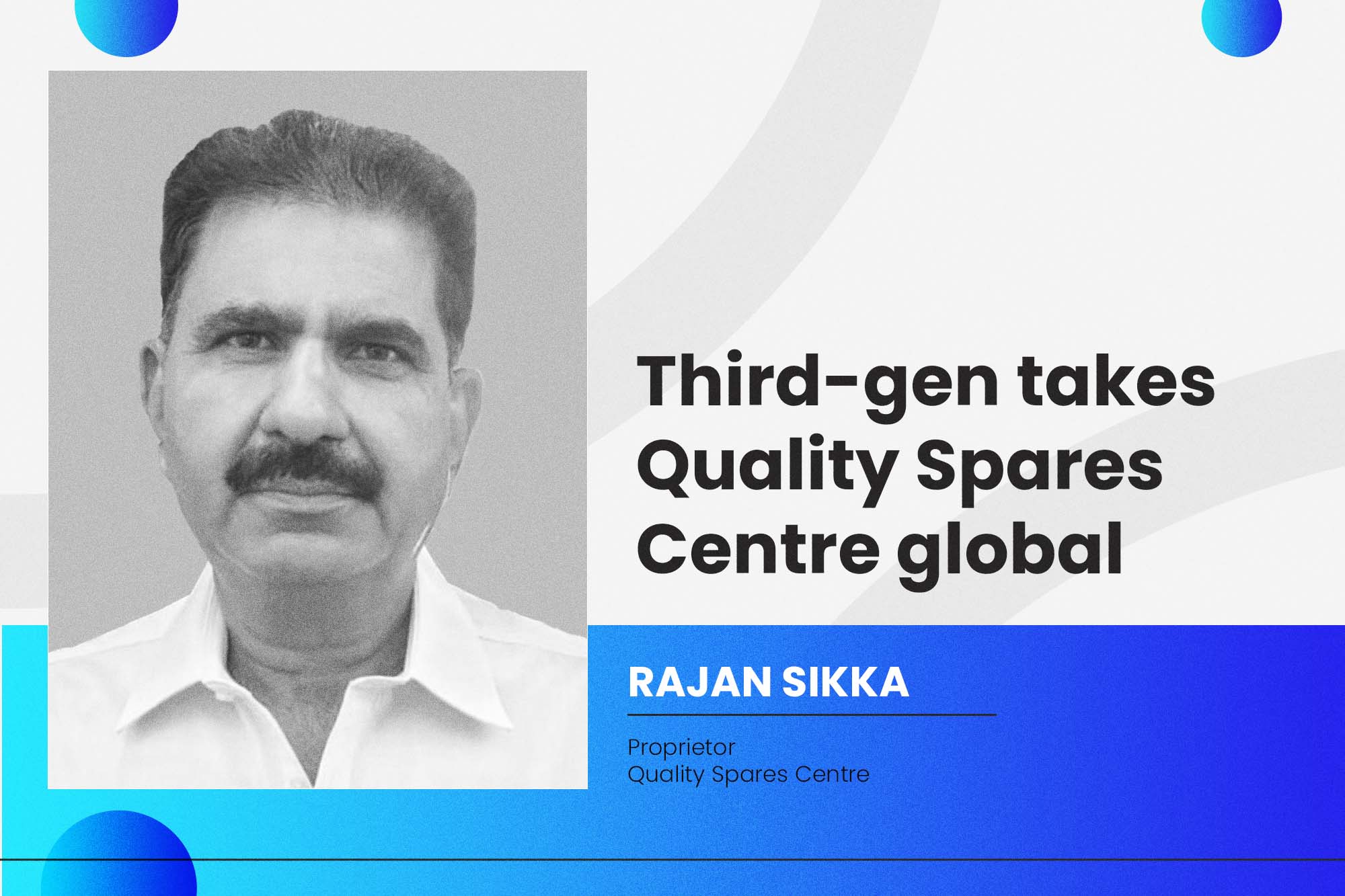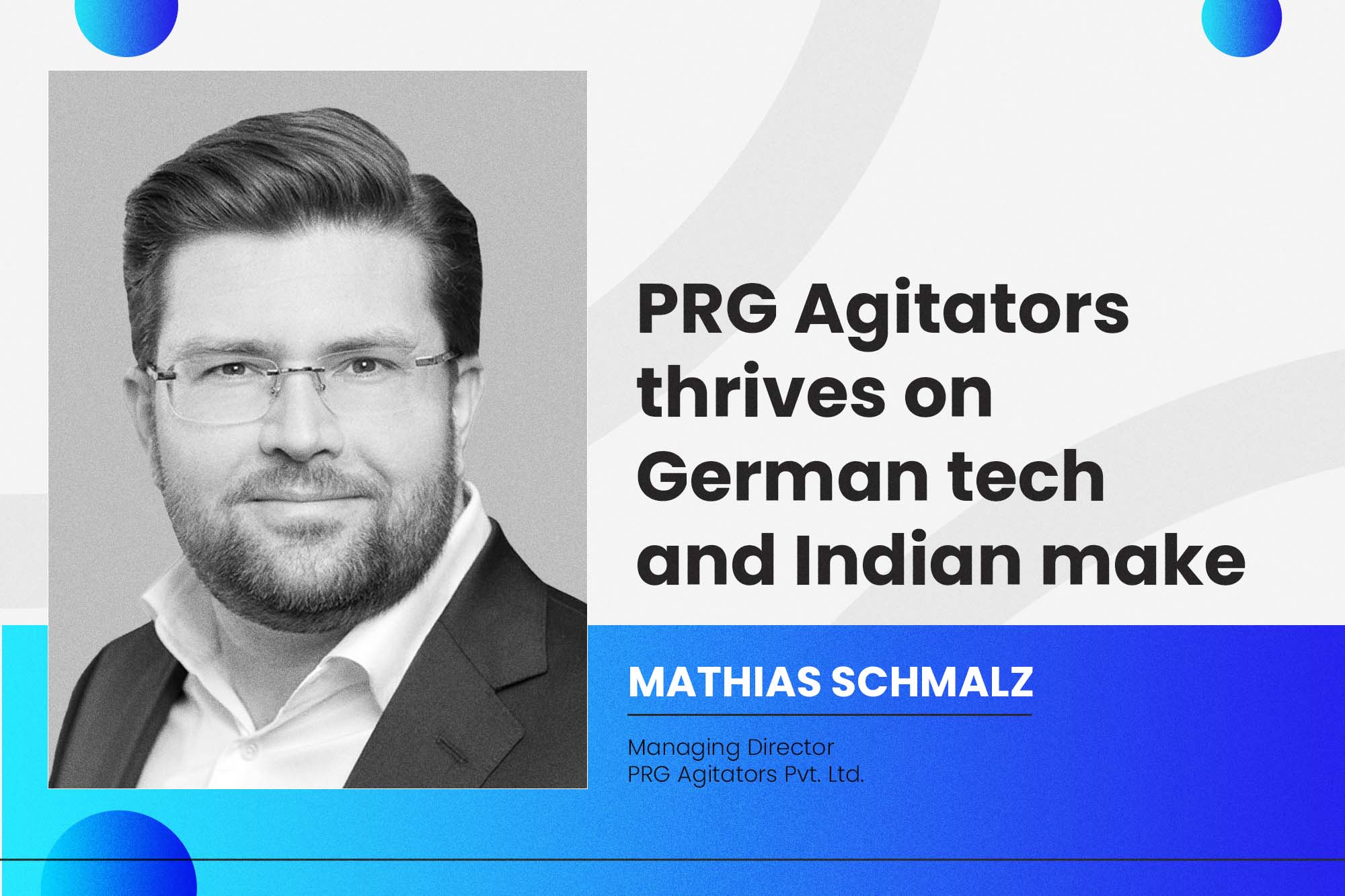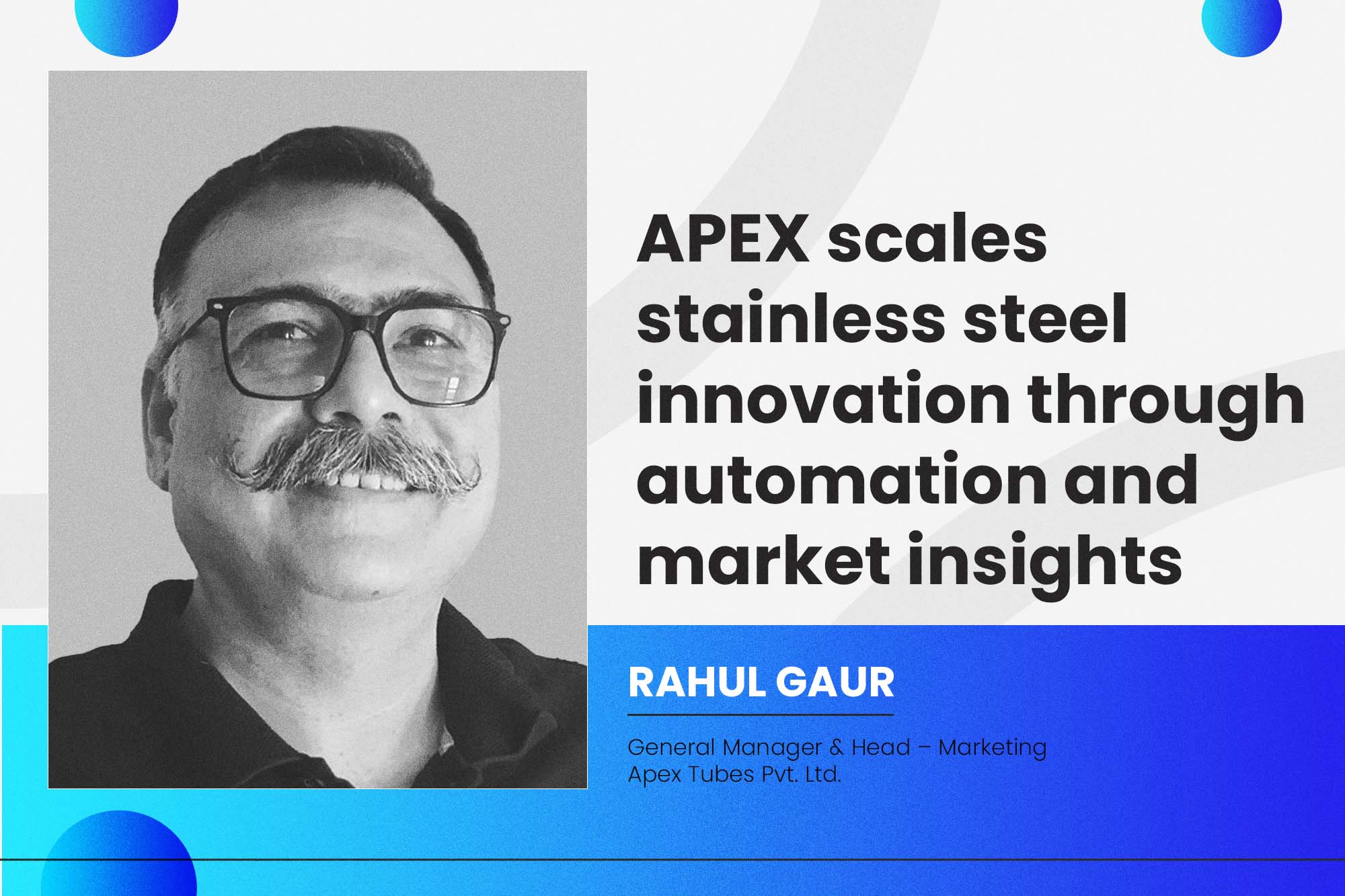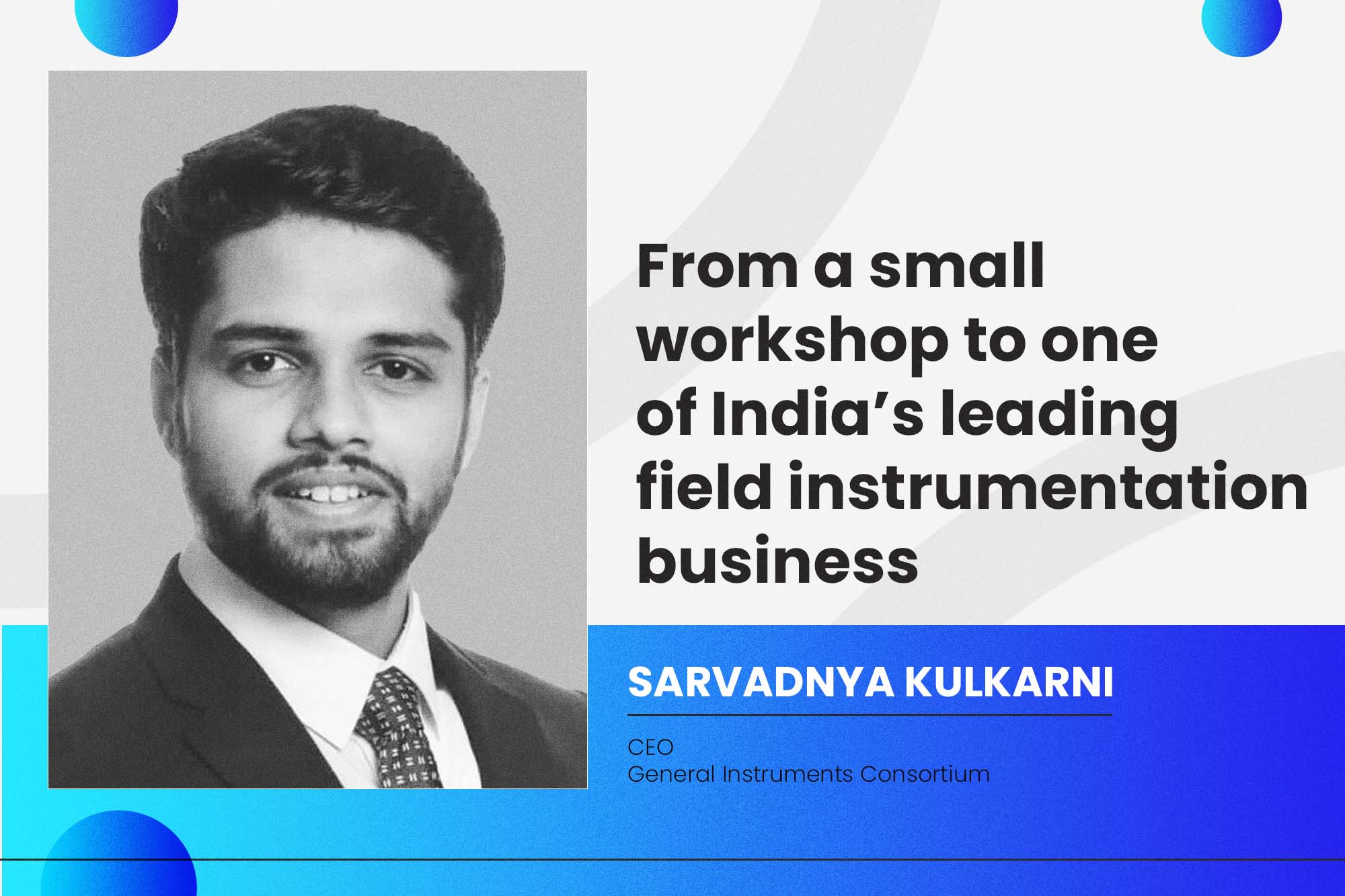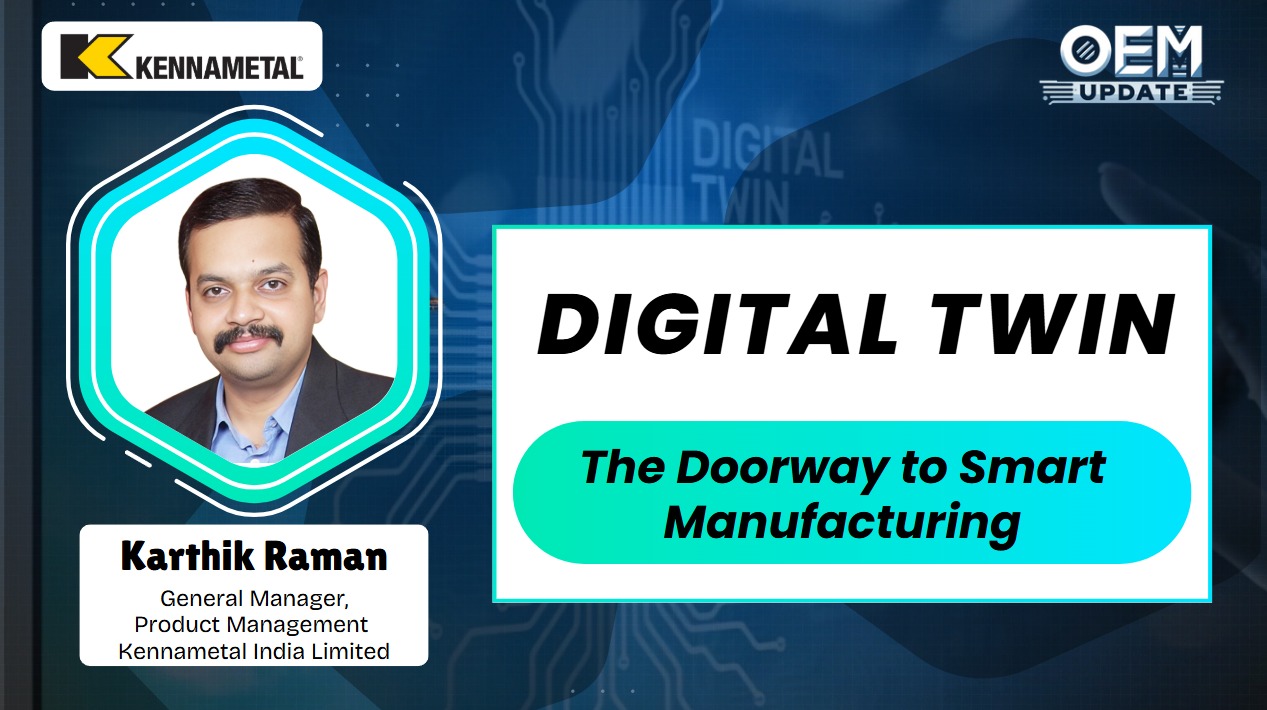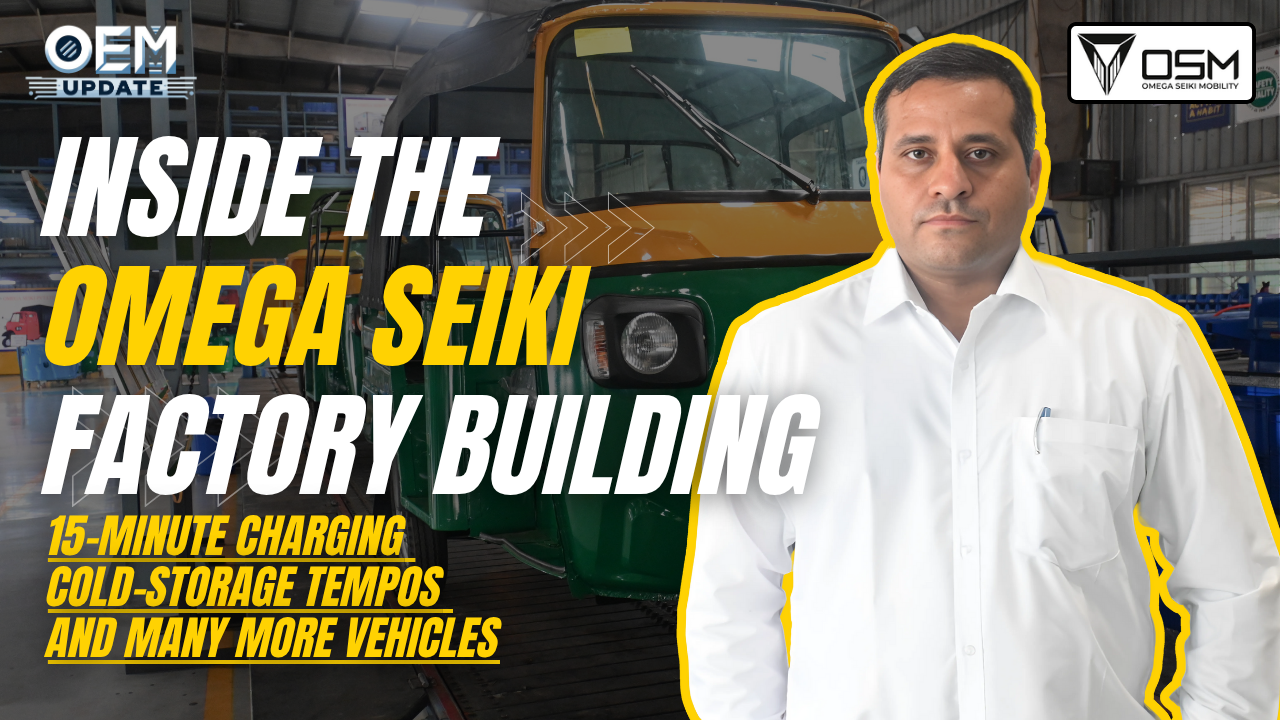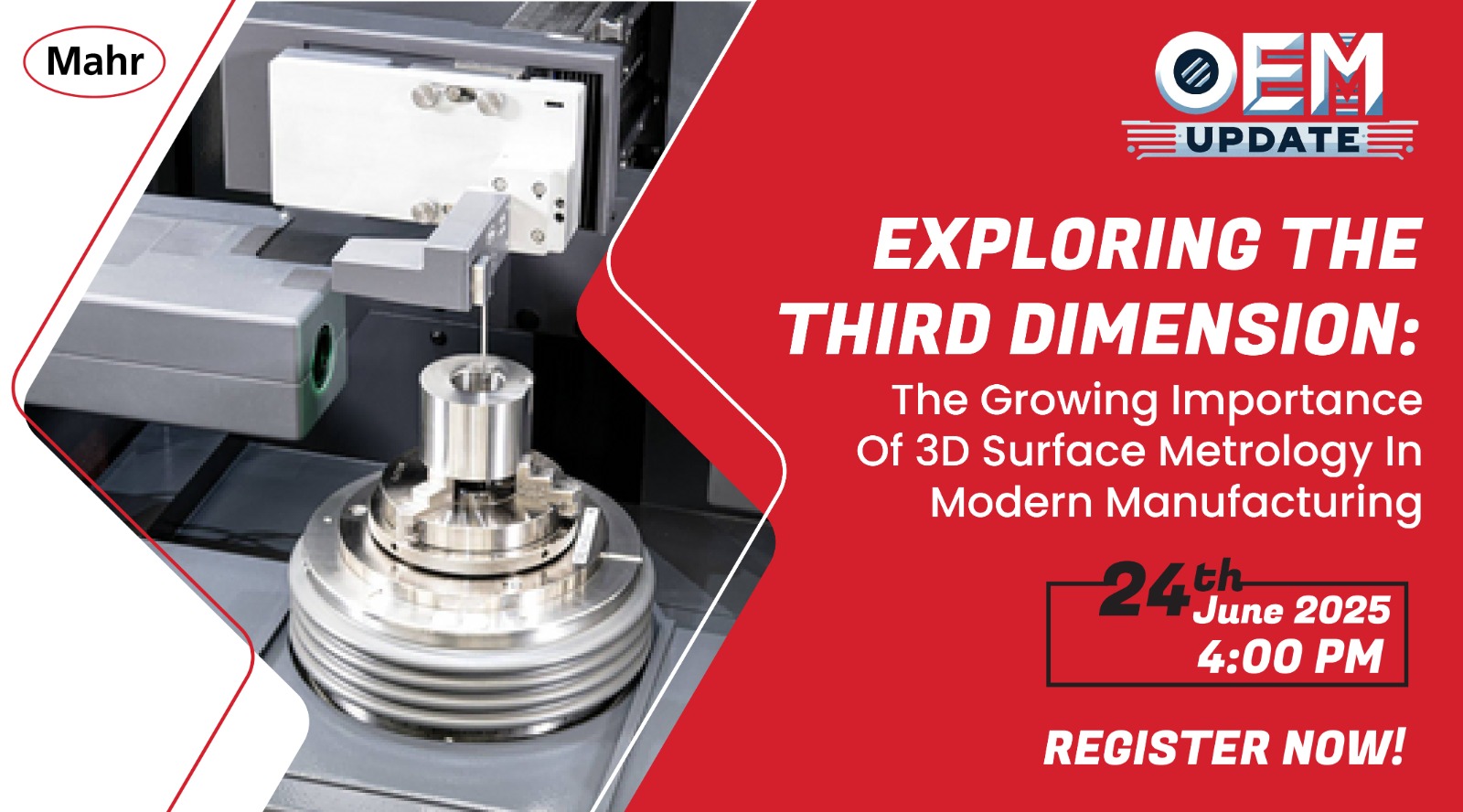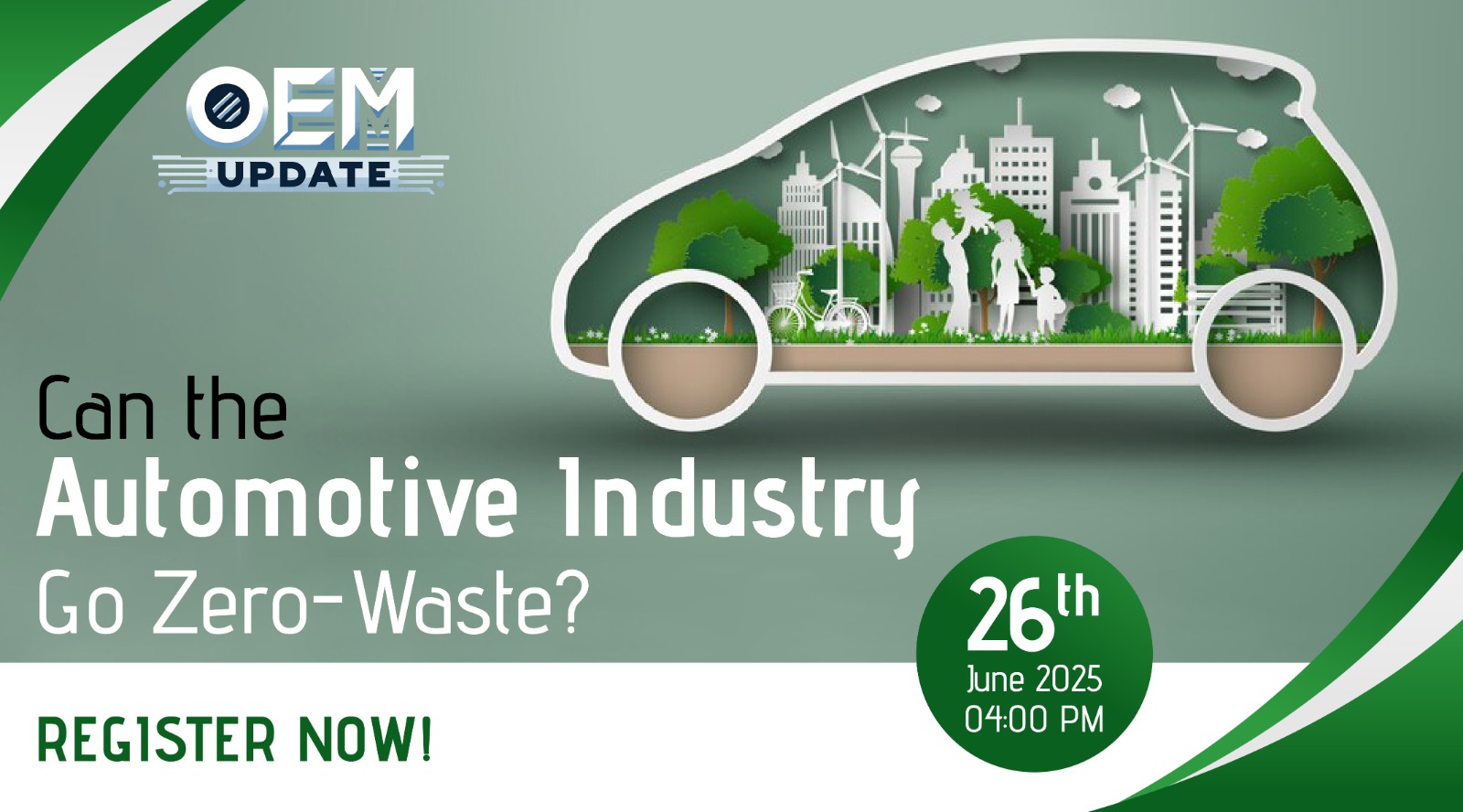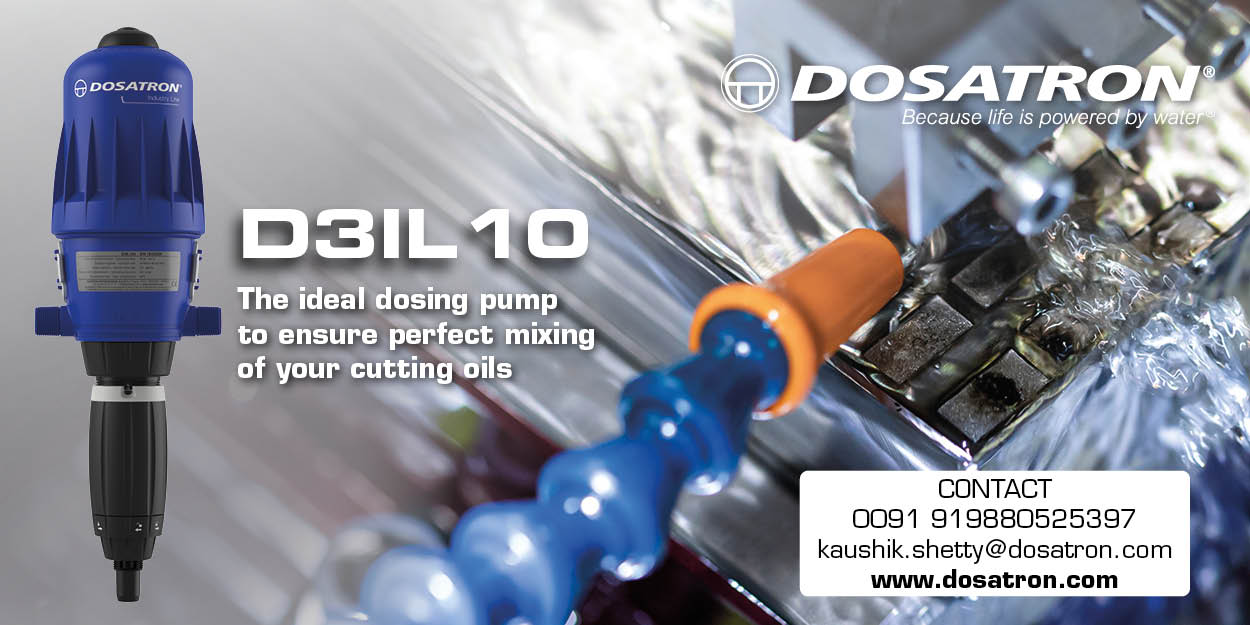Added Value with Optimised Cleaning Processes IMPROVE QUALITY – REDUCE COSTS
By admin March 11, 2011 9:35 am IST
It is the task of industrial parts cleaning, both during and after manufacturing, to fulfil the surface cleanliness specifications which are required for further processing or the assembly of workpieces. Stricter requirements for component cleanliness, coupled with rising cost pressure, necessitate cleaning processes which are matched to actual demands. Doris Schulz writes.
Quality awareness for parts cleaning is frequently not as well developed as is the case with other manufacturing steps such as CNC machining, forming, casting and coating. However, requirements-oriented cleaning makes a significant contribution to increasing product quality and economy. In many cases, inefficient scrap and costly rework can thus be avoided, as well as image impairing product failures and recalls. The industry offers various processes to this end, which are also used in combination to an ever greater extent.
Matching the Cleaning Process to the Parts and the Contamination
With a cleaning process which has been matched to the actual requirements, optimisation potential can frequently be exploited throughout the entire production sequence, and manufacturing can be made more efficient. Essential factors include part geometry, material, type and degree of contamination, cleaning agent, process (e.g. wet chemical processes such as spray, immersion and ultrasonic cleaning, or dry methods like CO2 and plasma cleaning), treatment duration, number of process steps, throughput and cleanliness requirements. The process can be ideally adjusted to these parameters with the help of cleaning tests conducted in the laboratory, or the test facilities of the system manufacturer, using original contaminated parts. Depending upon the task at hand, it might also make good economical sense to combine various processes.
Wet Chemical Cleaning
The effectiveness of wet chemical cleaning is above all determined by the dissolving performance of the utilised cleaning agent. Common cleaning media include aqueous cleaners and solvents, of which the latter can be subdivided into halogenated hydrocarbons (HC), chlorinated hydrocarbons (CHC) and polar solvents. Aqueous media, available as alkaline, neutral and acidic cleaners, are used with preference where very large volumes of parts have to be cleaned, and/or where fine cleaning and micro-cleaning are required.
Interaction Amongst Cleaning Agents and Process Technology
In order to be able to achieve the desired cleaning results within short periods of time, the effectiveness of the cleaning medium is enhanced by means of various physical processes which demonstrate effects of varying magnitude. In the case of spray cleaning, which is primarily used for large, flat-shaped workpieces, contamination is partially dissolved or emulsified by the cleaning agent (usually an aqueous cleaner), and partially washed away by the kinetic energy of the spray jet. Additional motion of the goods to be washed and/or the spray nozzles assures uniform cleaning results.
Immersion cleaning processes are generally preferred for parts with complex geometries, for example with blind holes and undercuts. When the workpiece is immersed into the cleaning bath, contamination which adheres to its surfaces is dissolved by the chemical action of the cleaning agent. Rotating or swivelling the parts within the bath enhances the cleaning effect. Ultrasonic cleaning is also based upon immersion, and is capable of achieving high levels of cleanliness. The cleaning effect results from cavitation: The bath fluid is acoustically irradiated by means of an ultrasonic generator and a matching vibration system. Resulting vibration causes extremely small hollow spaces within the fluid, which then immediately collapse. Strong currents and turbulence develop which ‘blast’ the contamination away from the goods to be cleaned. In the case of pressurised flow cleaning, pumps draw fluid out of the cleaning bath, and subsequently inject it back into the bath at high pressure levels through nozzles located underneath the fill-level. This results in strong currents, thus causing turbulence at the edges of the components to be cleaned, which removes the contamination. When the fluid flows past blind holes and recesses, a suction effect is generated which ‘draws out’ contamination.
Effects of the Cleaning Tank
Cookie Consent
We use cookies to personalize your experience. By continuing to visit this website you agree to our Terms & Conditions, Privacy Policy and Cookie Policy.




